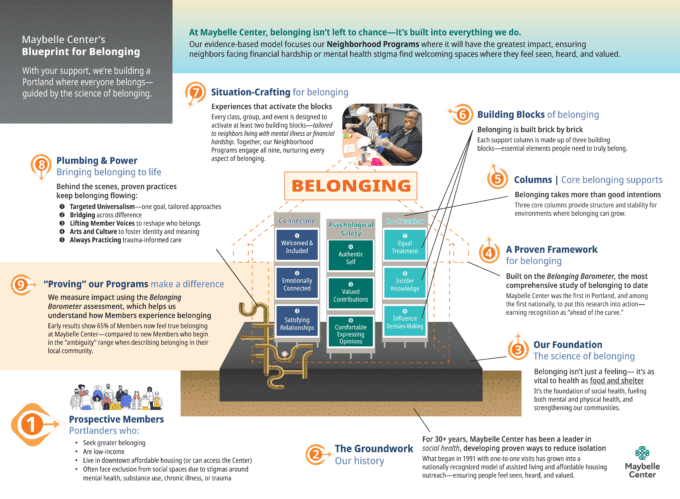Maybelle Center’s Blueprint for Belonging
We’re building a Portland where everyone belongs, guided by the science of belonging.
Our evidence-based model focuses our Neighborhood Programs where it will have the greatest impact, ensuring neighbors facing financial hardship or mental health stigma find welcoming spaces where they feel seen, heard, and valued.

Prospective Members
Portlanders who:
- Seek greater belonging
- Are low-income
- Live in downtown affordable housing (or can access the Center)
- Often face exclusion from social spaces due to stigmas around mental health, substance use, chronic illness, or trauma

The Groundwork
Our history
For 30+ years, Maybelle Center has been a leader in social health, developing proven ways to reduce isolation
What began in 1991 with one-to-one visits has grown into a nationally recognized model of assisted living and affordable housing outreach—ensuring people feel seen, heard, and valued.

Our Foundation
The science of belonging
Belonging isn’t just a feeling— it’s as vital to health as food and shelter
It’s the foundation of social health, fueling both mental and physical health, and strengthening our communities.

A Proven Framework for Belonging
Belonging isn’t just a feeling— it’s as vital to health as food and shelter
It’s the foundation of social health, fueling both mental and physical health, and strengthening our communities.
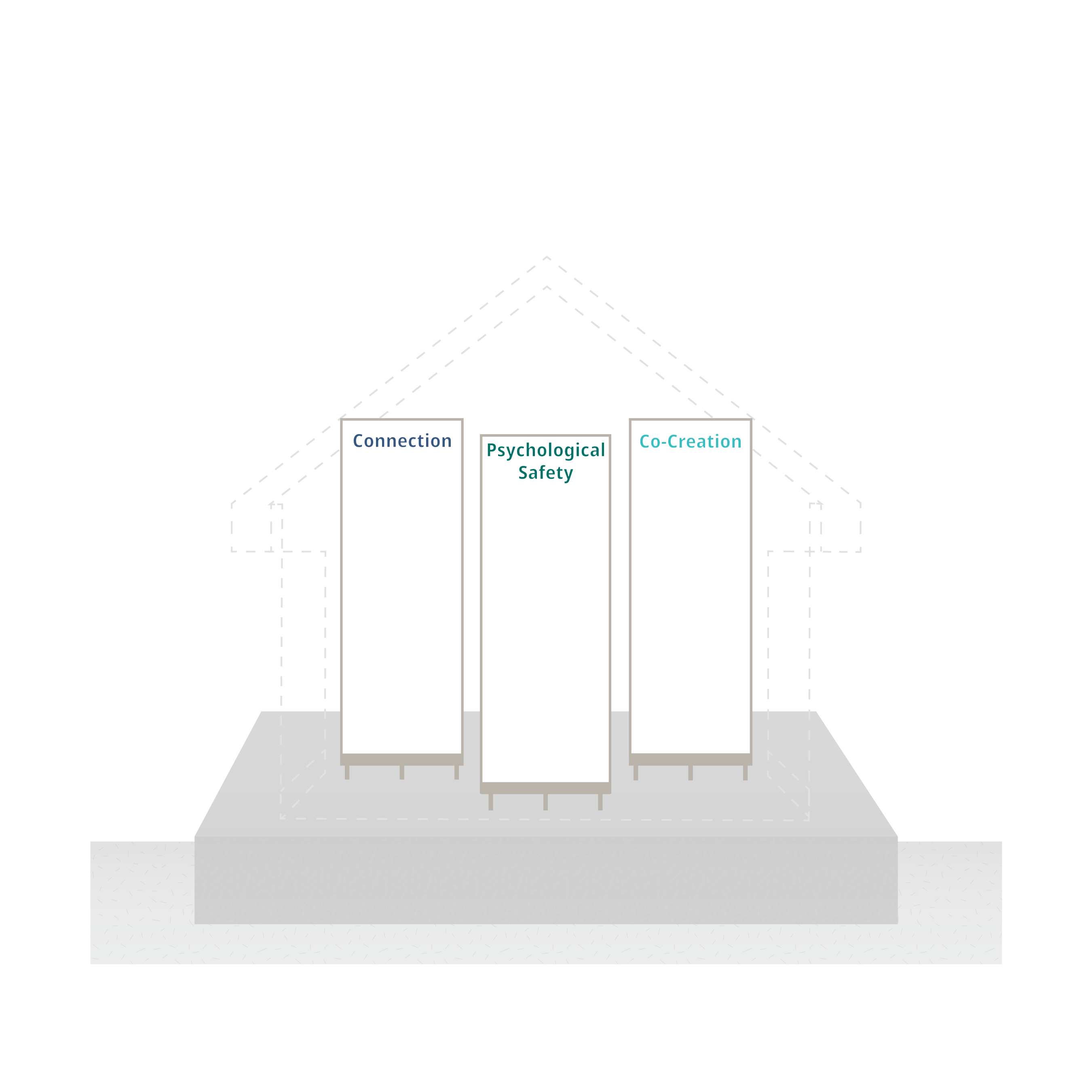
Columns
Core belonging supports
Belonging takes more than good intentions
Three core columns provide structure and stability for environments where belonging can grow.
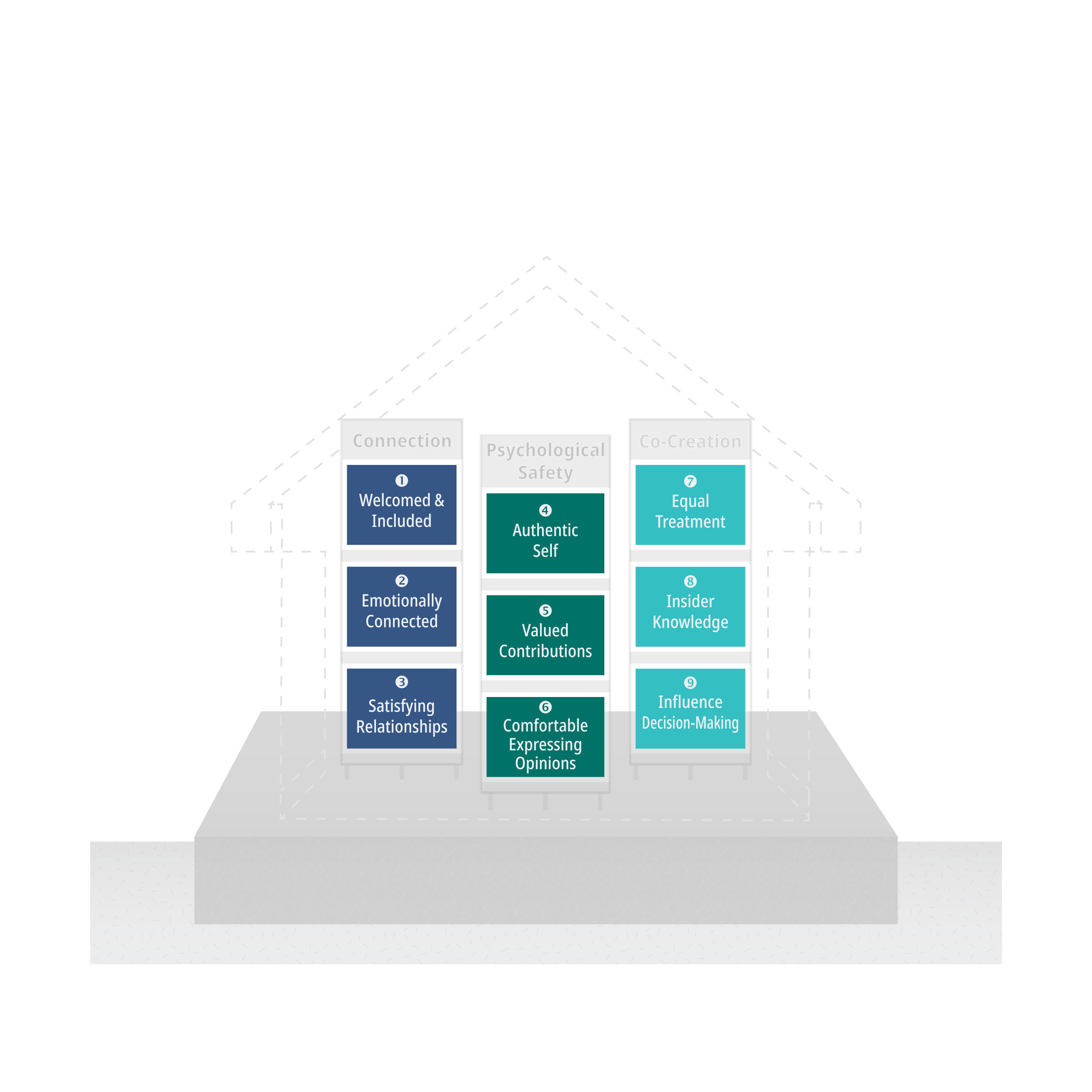
Building Blocks of Belonging
Belonging is built brick by brick
Each support column is made up of three building blocks—essential elements people need to truly belong.

Situation-Crafting for Belonging
Experiences that activate the blocks
Every class, group, and event is designed to activate at least two building blocks—tailored to neighbors living with mental illness or financial hardship. Together, our Neighborhood Programs engage all nine, nurturing every aspect of belonging.
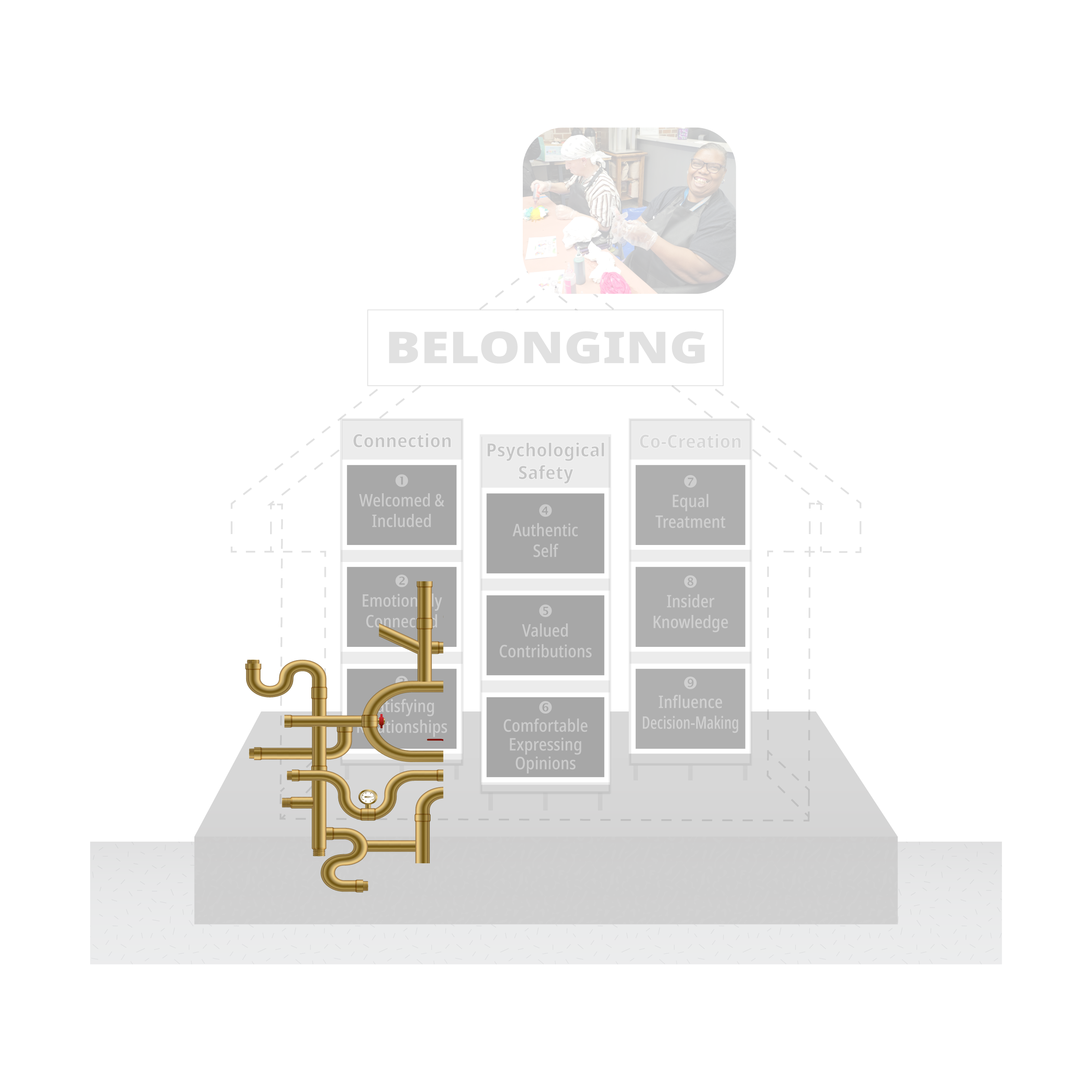
Plumbing & Power
Bringing belonging to life
Behind the scenes, proven practices keep belonging flowing:
- Targeted Universalism—one goal, tailored approaches
- Bridging across difference
- Lifting Member Voices to reshape who belongs
- Arts and Culture to foster identity and meaning
- Always Practicing trauma-informed care
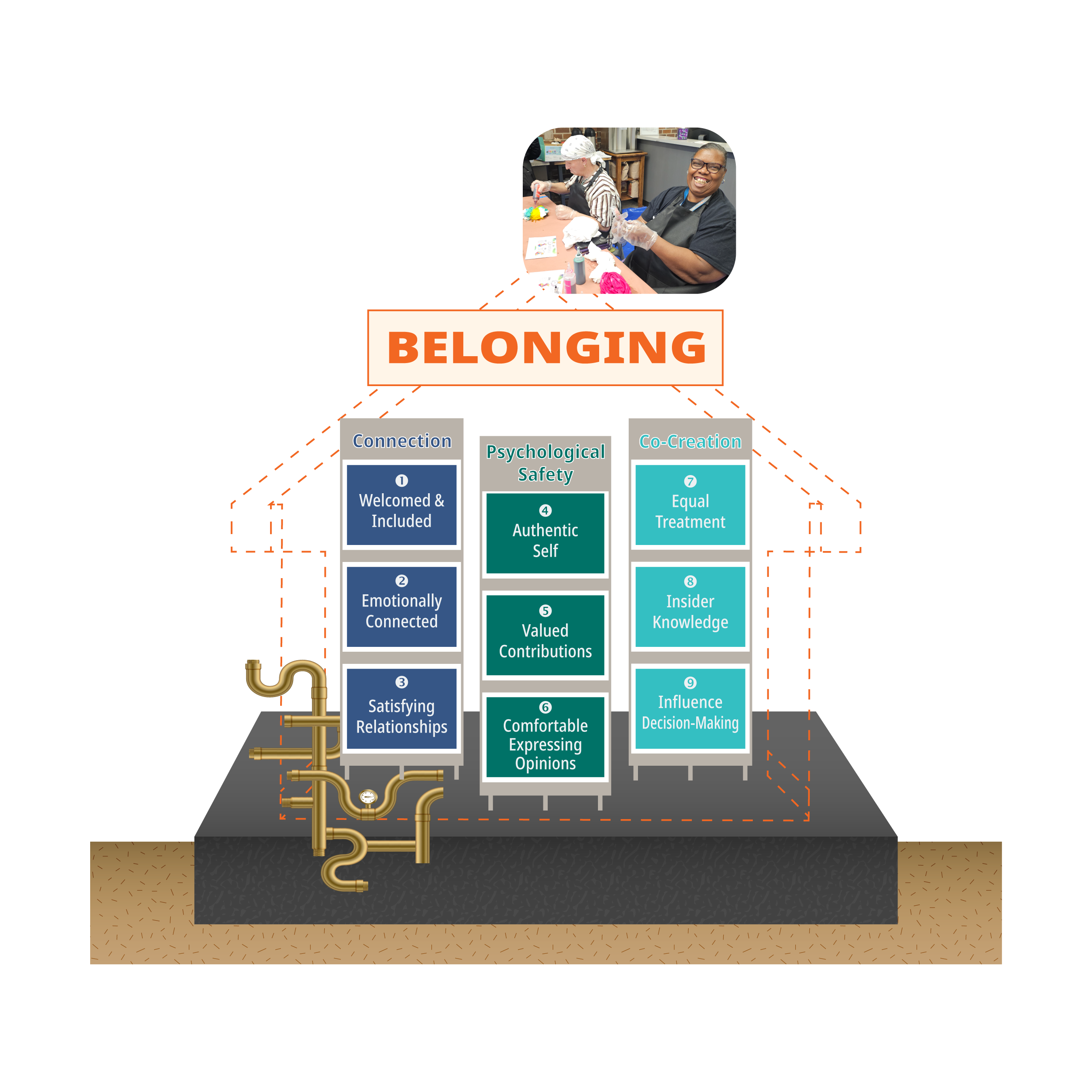
“Proving” our Programs Make a Difference
We measure impact using the Belonging Barometer assessment, which helps us understand how Members experience belonging
Early results show 65% of Members now feel true belonging at Maybelle Center—compared to new Members who begin in the “ambiguity” range when describing belonging in their local community.
